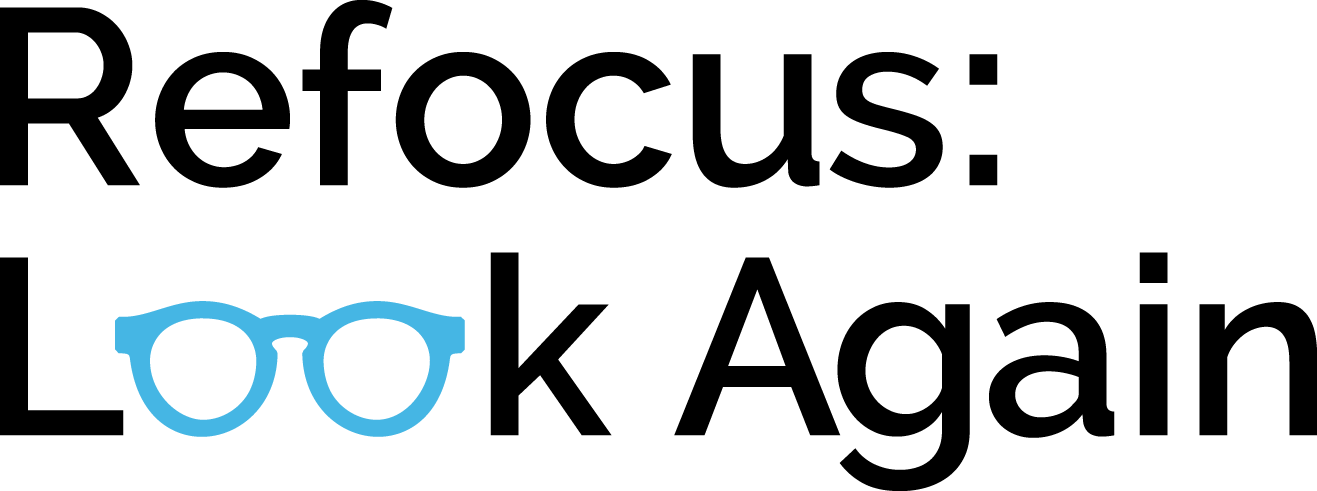“This shadow world of stigma needs to be brought into the sunlight to effectively address our nation’s opioid crisis.” This article examines the different layers of stigma that affect the individuals, families, communities, and systems touched by the opioid crisis.
It’s Time to Quit Using… Stigmatized Words Like Relapse
“With stigma being the biggest barrier to addiction treatment faced by patients, the language we use is as important as what we’re saying. Words like “relapse” work to reinforce the negative ideas associated with substance use disorder. By more carefully choosing language that is not stigmatizing, we can create more awareness and understanding of the disease of substance use disorders.”
Embracing Pride and the LGBT+ Community in Recovery
Tessa Torgeson shares her personal experience as a member of the LGBT+ community who is also in recovery from addiction. “For myself, the intersections of addiction and LGBT identity are so complex… We weren't given the social or political power to have public space. So, bars and underground clubs were our space... so addiction can sometimes become a learned behavior. For me, it was alcohol. I used it to suppress my identity.”
A Quiet Drug Problem Among the Elderly
“For years, geriatricians and researchers have sounded the alarm about the use of benzodiazepines among older adults… Now the opioid epidemic has generated fresh warnings, because pain relievers like Vicodin (hydrocodone with Tylenol) and OxyContin (oxycodone) are also frequently prescribed for older people. When patients take both, they’re at risk for overdosing… But fatal overdoses — which are a comparatively tiny number given the size of the older population — represent just one of many longtime concerns about these medications.”
Dually Addicted: Eating Disorders often Co-exist with Substance Abuse
My Friendship With A Heroin User Showed Me Just How Judgmental I Was
Cost of Addiction in the Workplace
“Treatment for addiction, facilitated within or by the workplace, has been shown to be successful in increasing employees’ legal, mental, and social functioning, as well as decreasing absenteeism rates, workplace conflict, and productivity problems upon return from treatment… Taking steps to address addiction is truly an opportunity to humanize the workplace and help reduce suffering.” Click the title to access the entire article from Harvard Health Blog.
How to welcome back a colleague who is in recovery
"A good first step toward successfully supporting a person in recovery is to honestly examine your own beliefs and feelings about addiction, and to make sure that your response to the colleague you are about to welcome back isn’t hampered by any hidden negative attitudes." Are you seeing clearly? Take some time to refocus and look again. Click the “Source” link for the full article from Harvard Health Blog.
In Philadelphia’s building trades, construction workers are helping their colleagues battle addiction
“Rossi had just gotten a lesson in a hidden reality of the construction industry: In these physically demanding workplaces, painkillers are still a common way to get through the day, even as the opioid crisis has spiraled and workers have attended funeral after funeral. Workplace data on addiction is sparse, but recent research has indicated that construction workers are at higher risk for fatal overdoses — particularly heroin overdoses.” So the Allied Trades Assistance Program is bringing peer-support to construction sites. Follow the link for the full article from philly.com.
AARP Special Report: The Opioid Epidemic
“Americans over 50 are using narcotic pain pills in surprisingly high numbers, and many are becoming addicted. While media attention has focused on younger people buying illegal opioids on the black market, dependence can also start with a legitimate prescription from a doctor: A well-meant treatment for knee surgery or chronic back troubles is often the path to a deadly outcome.”

